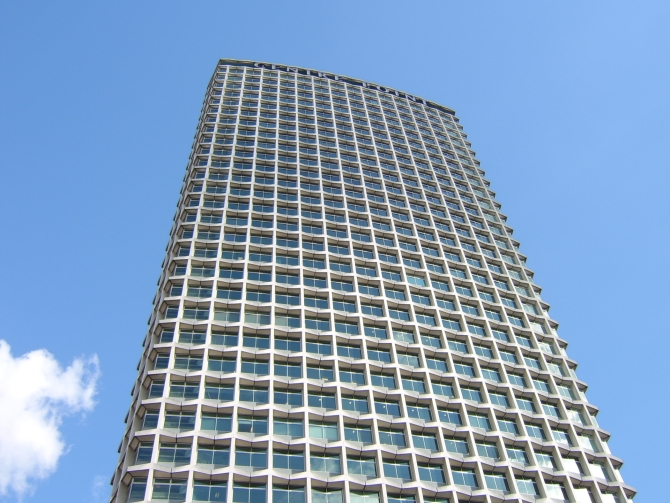Not many years ago you would be hard pressed to find a Londoner who could point you in the direction of Midtown. Those who could would almost certainly be property professionals seeking to promote the area between the West End and the City comprising Bloomsbury, Holborn and St Giles.

Then in 2010 visitors to the district were greeted with banners declaring that they were now ‘inmidtown’, after a group of over 400 local businesses joined forces to raise the profile of the area best known as the home of the British Museum.
From the outset the rebranding of the three city ‘villages’ faced opposition from residents and traditionalists fearing that the districts would lose their historic identities under the, suspiciously American sounding, Midtown moniker.
They said it would never catch on. They even asked for the banners to be removed, but inmidtown managers insisted that London already had a number of umbrella terms like the West End and the City to denote locations. By pulling Bloomsbury, Holborn and St Giles together, they argued, it would be easier to raise awareness of what the area has to offer and better promote it as a business destination.
Four years later a clutch of trendy restaurants, five star hotels and prestige commercial developments are helping to put Midtown on the map and drive office rents up at the fastest rate in London.
In the first half of 2014 office rents in Midtown increased by 5.9 per cent, outstripping the West End and the City, where growth stood at 5.6 per cent and 4.7 per cent respectively. And the Midtown boom is forecast to continue with 3 million sq ft of office, hotel and restaurant space currently under development.
One of the most high profile of these schemes is the £350 million redevelopment of Centre Point (pictured). The transformation of the landmark tower will deliver over 80 luxury flats surrounded by shops, restaurants and an attractive public space. Other redevelopments include the former Ministry of Defence and Post Office buildings.
All this activity is given added momentum by the imminent arrival of Crossrail at Tottenham Court Road which will treble the capacity of the station, bringing millions more visitors to the area every day to work and to play.
So while there are still those uncomfortable living under the Midtown umbrella, others are able to use the term more freely. They acknowledge the vast changes that are benefitting the district which, some describe, as being at its most vibrant since the heyday of the Bloomsbury Group in the early twentieth century.
“Midtown is buzzing,” said a local estate agent. “A wide range of businesses are relocating here and it’s becoming an evening destination too. And with Crossrail coming to Tottenham Court Road and Farringdon we really don’t need to sell the location anymore.”